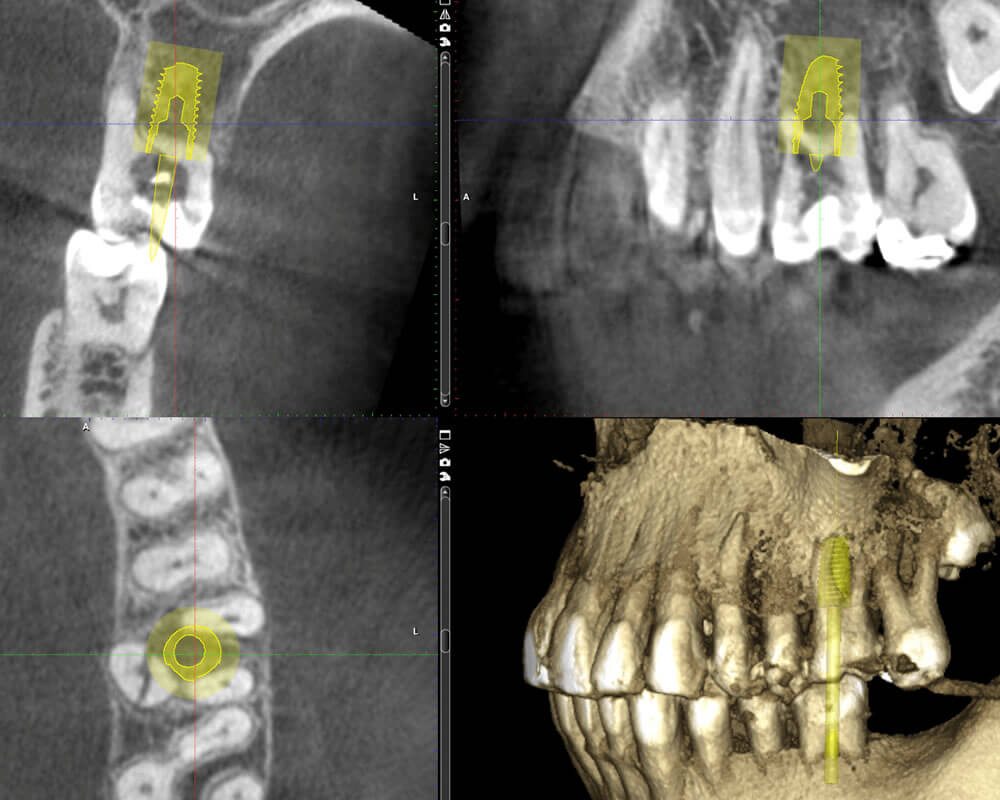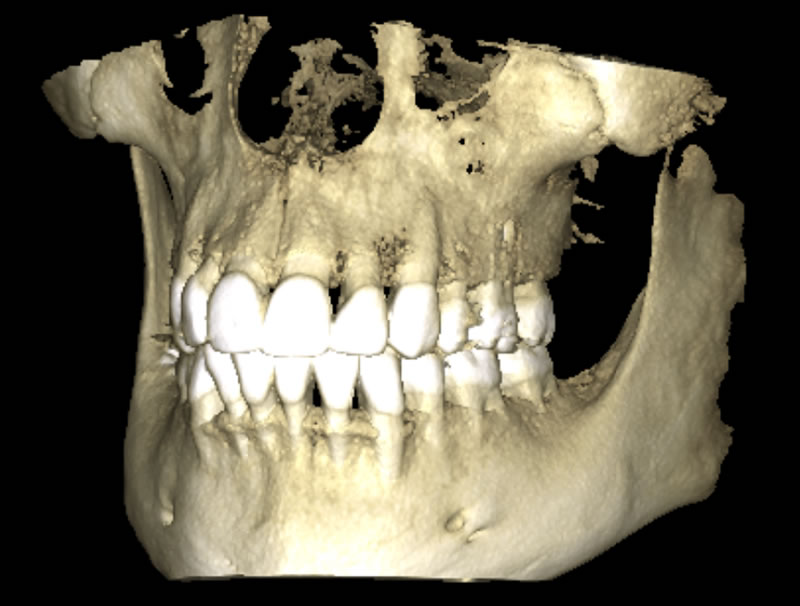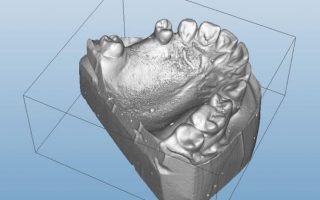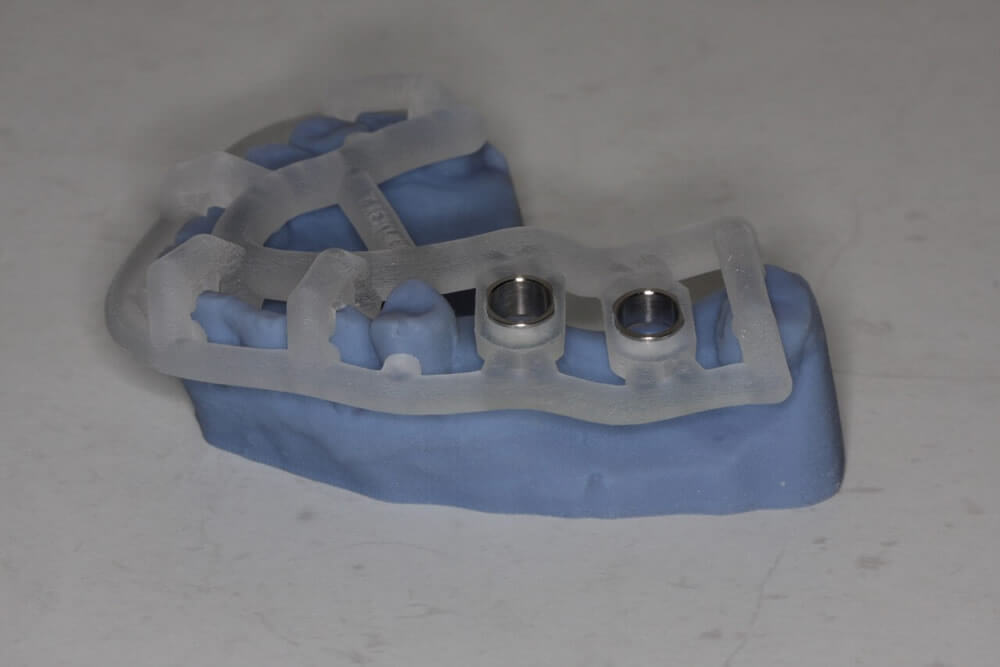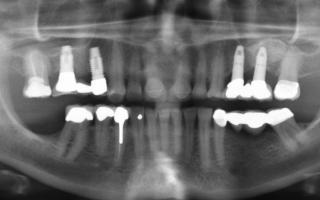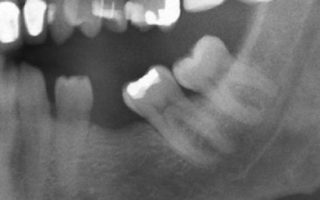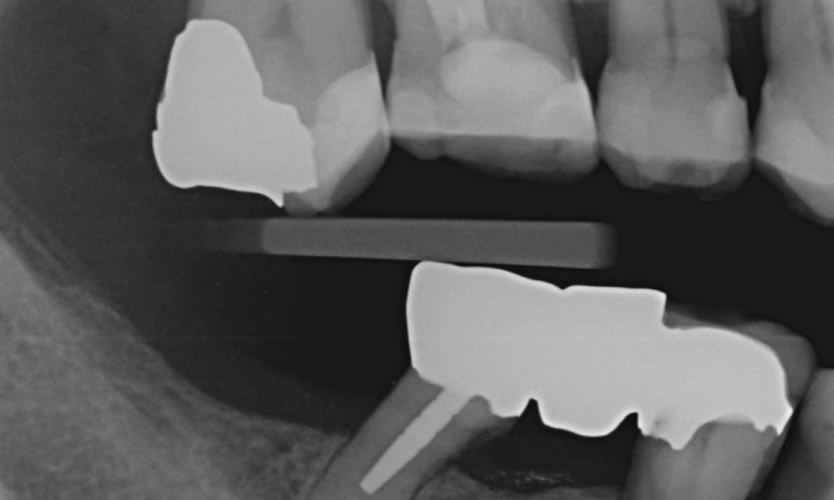Dental Implants
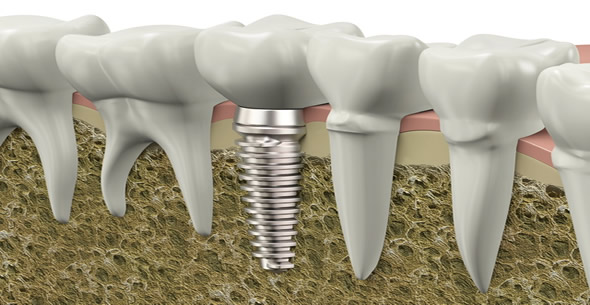
Losing a tooth is often unavoidable, and one of those things that sometimes just happens.
If you have never had a dental implant before, the concept and process may seem confusing and foreign.
Implants are quickly becoming the gold standard for tooth replacement, after being introduced to dentistry for the first time in the early 1980s.
After experiencing tooth loss, the surrounding area of the jawbone will begin to resorb (shrink).
By integrating with the bone, dental implants will replace the natural forces that the teeth once had on the jawbone to help prevent bone resorption that will normally happen in a toothless scenario.
Filling the gap to restore function, and avoiding neighbouring teeth to over-erupt and “lean forward into the gap”, is essential.
We can make use of Implants, Bridges and Partial Dentures to replace teeth.
The Dental Implant Process
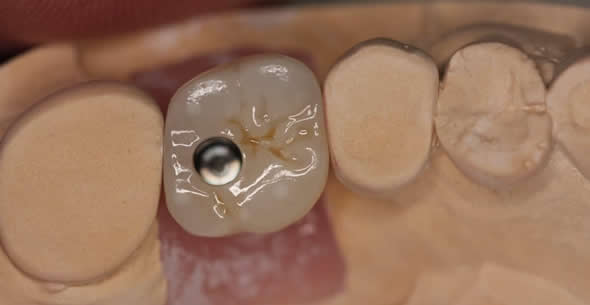
Dental implants are made of titanium, one of the most bio-compatible materials on the market. The implant is designed to replace the root of a tooth. It is placed in the jaw bone, where your tooth’s natural root once was.
The top portion of the implant can be a single tooth, a part of a bridge helping to replace multiple teeth, or a component designed to improve a denture or partial denture grip (retention).
The process involves a scan (CBCT) to confirm adequate bone to support the implant.
The CBCT scan plays a vital role in the planning of an implant placement. State of the art, computer-generated guided systems are used to custom plan your implant treatment with high accuracy. After the implants have been placed, they will integrate with the surrounding bone over the course of four to six months. This process is known as Osseointegration.
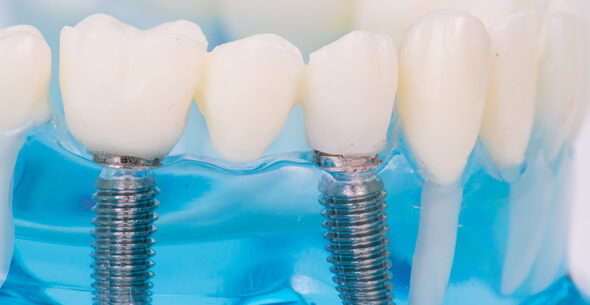
Once healed, implants can provide unparalleled support for permanent crowns, bridges, or dentures.
One of the most significant benefits of dental implants is an overall improvement in your oral health.
We can provide treatment for bone loss with bone augmentation using membranes or sinus floor lifts.

